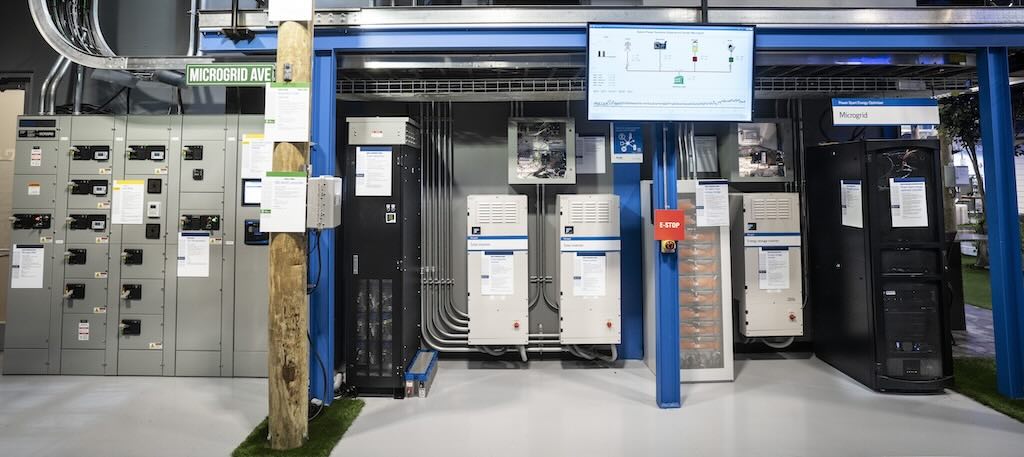ANSI/ASHRAE/IESNA Standard 90.1, Energy Standard for Buildings Except Low-Rise Residential Buildings, provides minimum requirements for the energy-efficient design of buildings except low-rise residential buildings. Fourteen proposed addenda to the 2007 standard, due out for publication later this year, currently are open for public comment.
ANSI/ASHRAE/IESNA Standard 90.1, Energy Standard for Buildings Except Low-Rise Residential Buildings , provides minimum requirements for the energy-efficient design of buildings except low-rise residential buildings. Fourteen proposed addenda to the 2007 standard, due out for publication later this year, currently are open for public comment.
Among the addenda is proposed addendum m, which establishes effective Jan. 1, 2010, an additional path of compliance for water-cooled chillers as well as consolidation and new requirements for some of the existing categories. The proposed addendum was developed by a team of Standard 90.1 members, industry manufacturers and energy advocacy groups, including the American Council for an Energy Efficiency Economy and the Air-Conditioning and Refrigeration Institute and was supported by ARI chiller manufacturers.
Product development for water-cooled chillers in recent years has focused on improving off-design and part-load performance where most of the operating hours occur, according to Drake Erbe, chair of the standard’s mechanical subcommittee. Variable speed drives technology has advanced and is finding widespread application in water-cooled chillers. The use of VSDs has led to off-design and part load improvement of the chiller’s performance with efficiencies of up to 30 percent in integrated part-load value.
Under the proposed addendum, an alternative set of efficiency levels, Path B, is established for water-cooled chillers intended for applications where significant time is expected at part load. All Path B chillers must be equipped with demand-limiting controls. Under the proposal, compliance with Standard 90.1 can be achieved by either meeting the requirements of Path B or Path A (intended for applications where significant operating time is expected at full load conditions). However, both full-load and IPLV levels must be met to fulfill the requirements of Paths A or B, according to Erbe.
The proposed addendum also combines water-cooled positive displacement chillers into one category and adds a new size category for centrifugal chillers at or above 600 tons. The air-cooled chiller without condenser equipment type category has been eliminated. All air-cooled chillers without condensers must now be rated with matching condensers.
Click here to read the addendum or to comment.



